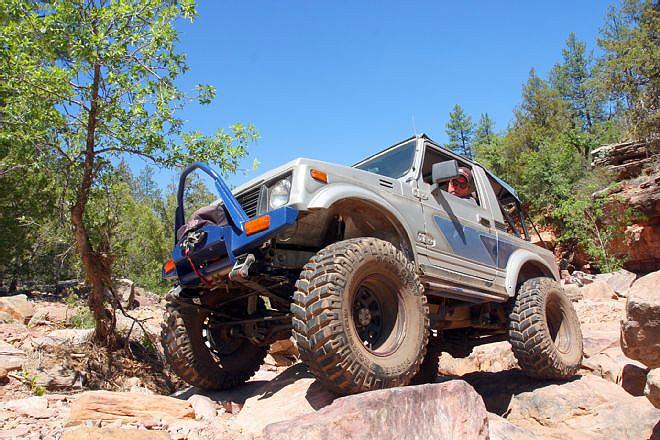
The Samurai was introduced to the U.S. market with the 1986 model, and the small Suzuki remains highly popular today despite being discontinued in the states over two decades ago. Prices have continued to climb and the mini utility 4WD is enjoying almost a cult following in some ways. Soft-top, hardtop and integral steel hardtop (often called a “tin top”) models were available in the United States.
The Samurai was initially powered by a 1.3L overhead-cam, carbureted, eight-valve, I-4 engine producing about 63hp. The only available transmission was a five-speed manual gearbox with a 0.795:1 overdrive ratio. Behind that sat a gear-driven, cast-aluminum transfer case with 1.409:1 high range gearing and 2.268:1 low range gearing.
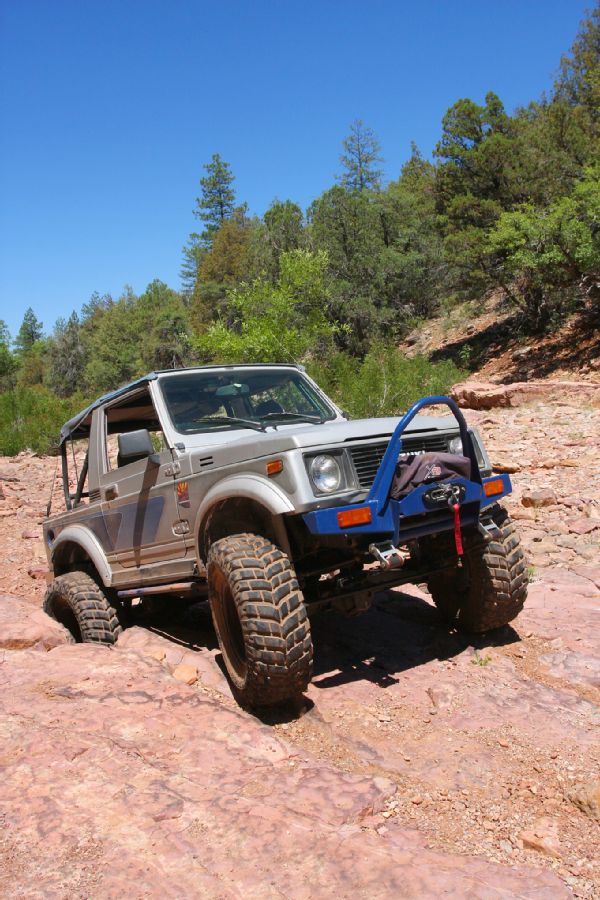
All models used a manual steering box, front disc brakes, and rear drum brakes. The early models used a four-pin front differential with 3.727:1 axle gearing and 6.9-inch ring gear in both axles. The front axleshafts were 22-spline, while rear axleshafts were 26-spline.
For the 1988.5 model year, the Samurai was updated with a softer suspension for better ride, plus a heavier sway bar to counteract the lighter spring rate. The five-speed overdrive ratio was changed to 0.865:1, and the transfer case and pinion driveshaft flanges were enlarged. In ’90 vehicles, a two-pin front differential was used when Suzuki removed two of four spider gears in comparison to the previous model.
Throttle body fuel injection would arrive to the small four-banger for the ’91 models, bumping the power output slightly upward to 66 hp and providing much smoother power delivery. In the beginning, all Samurais were 4WD, but Suzuki offered 2WD in the ’90 to ’94 models. The Samurai was last sold in the U.S. for the ’95 model year but would continue to be produced and sold in other worldwide markets. Over the years, Suzuki of America offered a number of factory accessories for the Samurai that included convertible tops, roof racks, grille guard, winch, and auto locking hubs.
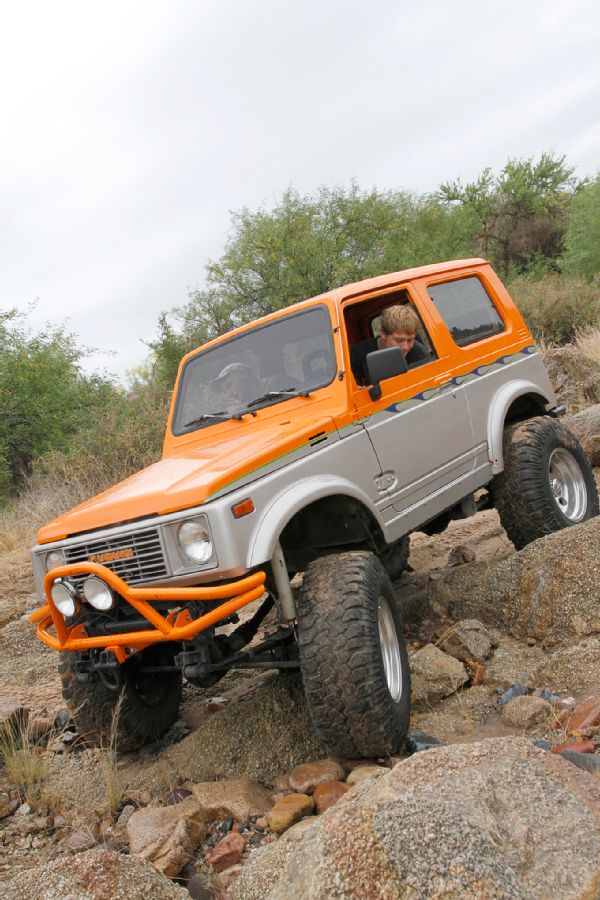
Sidekick / Geo Tracker
The Sidekick was introduced for the ’89 model and ran in production until 1998. It was also sold in the U.S. as the Geo Tracker. Available in a hardtop or convertible model, it was a follow-on 4WD for Suzuki after Samurai production ceased for the U.S.
The Sidekick was initially offered with a 1.3L carbureted engine for a short time, followed by a 1.6L fuel-injected overhead-cam eight-valve I-4 engine producing about 80 hp. In ’94 trucks, the 4WD models received a revised 16-valve engine (about 95 hp) as did the 2WD models a year later. Plus, a 1.8L engine was introduced in 1996 vehicles.
Transmission was either the five-speed overdrive Synchromesh manual (0.86:1 overdrive ratio), GM TH180 three-speed automatic without overdrive, or GM 4L30E electronic four-speed overdrive automatic (0.723:1 fourth-gear ratio) starting in 1997 vehicles. Axle gears were generally 5.12:1 with the manual transmission or 4.62:1 with the automatic. Some of the early 1.3L models had 5.62:1 gearsets. Rear antilock brakes were added in 1991 trucks.
The transfer case used a 1.82:1 low range ratio, while high range had a traditional 1:1 ratio. Front and rear pumpkins held 6.9-inch ring gears and the axles used 26-spline ’shafts. The suspension was changed to independent up front using struts with arm-mounted coil springs. In the rear was a solid axle positioned by trailing arms and used with coil springs.
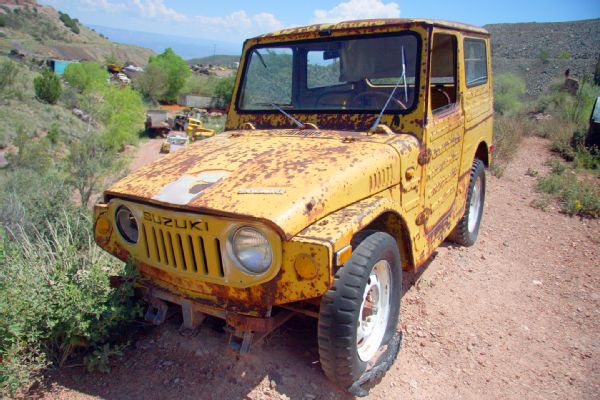
The LJ20 was one of the Suzuki predecessors to the Samurai. We found this ’70s model in a truck graveyard in Jerome, Arizona. The smaller rig was powered by a water-cooled, two-cylinder, two-stroke engine.
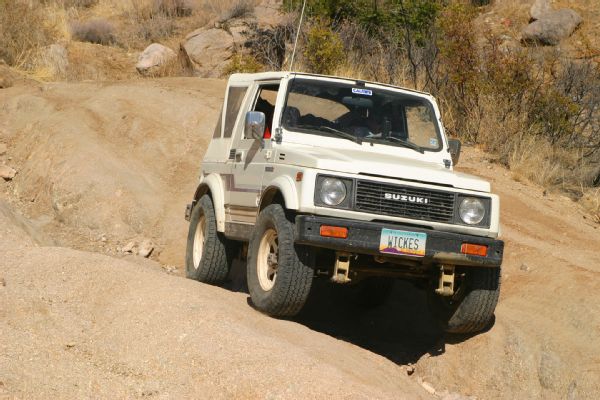
With an 80-inch wheelbase and stock curb weight just exceeding 2,000 pounds, the short and narrow 4WD Samurai would prove to be a nimble rig with an affordable price tag.
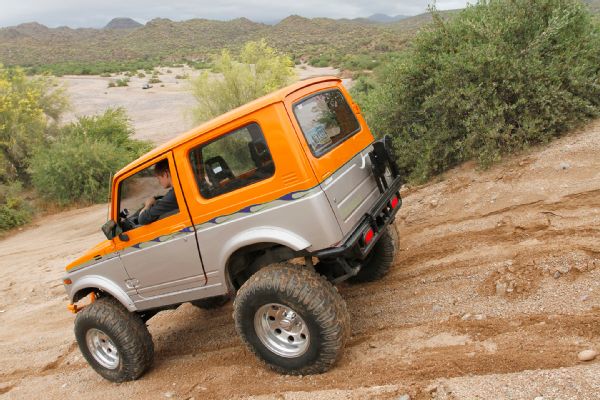
The “tin top” Samurais were produced in lower numbers than the other models. They generally offer you a quieter ride and seal out the weather better than the removable top models. The hardtop-version Samurais were discontinued in 1990.
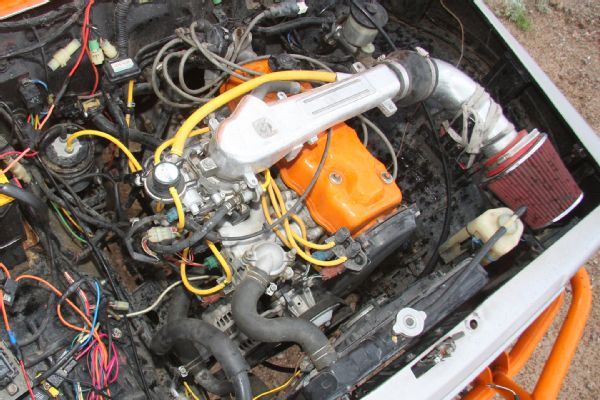
Common engine swaps for Samurais include the 8-valve or 16-valve 1.6L Sidekick or Geo Tracker engines with choices of carburetion or fuel injection. With aftermarket kits, this is basically a bolt-in swap, and a number of the original 1.3L parts can be reused.
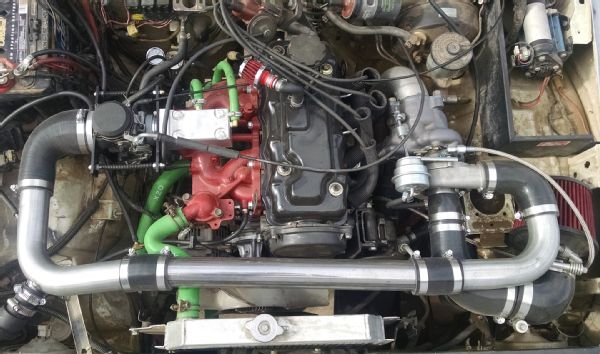
Zuks Off Road offers several ways to increase the performance of the carbureted engines. It offers Harley Davidson CV carb kits for Suzuki 1.3L and 1.6L eight-valve engines. It also has fuel-injection conversion kits for carbureted engines. Myron Thorson of Zuks Off Road has extensive experience experimenting with the fuel induction on Suzuki engines and will soon offer a turbo kit to combine with its CV carb swap.
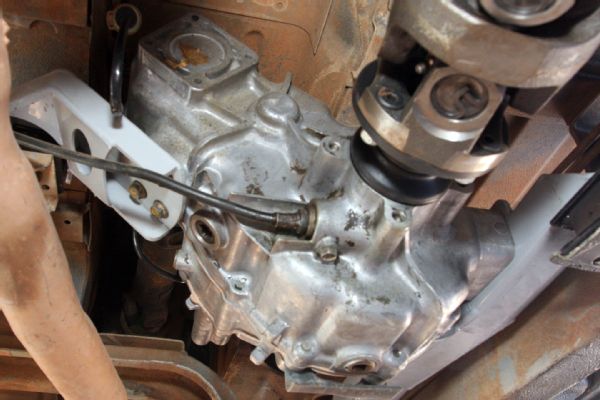
The Samurai transfer cases are reliable units for the most part. They did not come with a 1:1 high-range ratio. Instead, they were 1.409:1. A common way to squeeze more crawling torque and control from Suzukis is to install a set of lower transfer case gears.
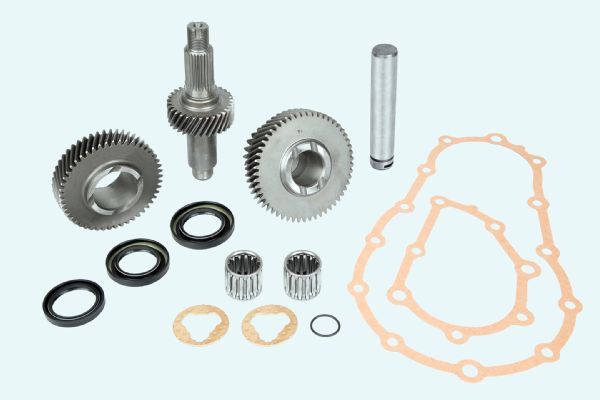
Aftermarket transfer case replacement gears are available for many of the Suzuki 4WDs that offer gear reduction (numerically higher ratios) for both the high-range and low-range ratios. Trail-Gear offers replacement gear sets with ratios as deep as a 6.5:1 low range and 1.7:1 high range. Another popular upgrade to the Samurai transfer case is swapping to the improved-design front output shaft from a ’93-newer Suzuki.
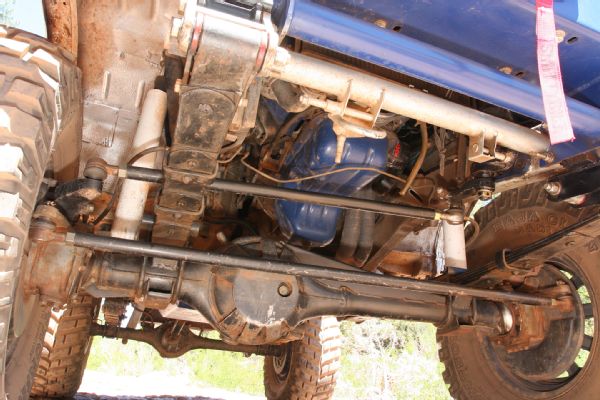
The stock axles can typically be fortified to handle up to about 33-inch tires. Manual locking hubs were standard, with auto hubs as a dealer option. Stronger aftermarket Birfield joints and chromoly axleshafts are available. Some builders going beyond that choose to upgrade to wider, beefier Toyota truck axles. Some of the common spring swap conversions and kits have used Jeep YJ leaf packs.
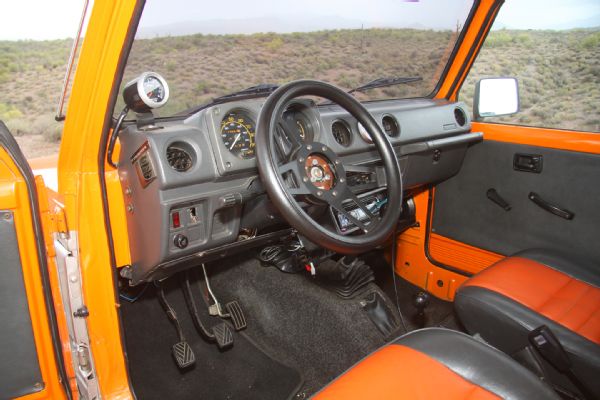
Samurai interiors were simple, but functional. All air conditioning systems in Samurais were installed at a dealer location as none came from the factory with one.
![]()
The two-door Sidekicks (or Geo Tracker) sit on an 87-inch wheelbase, while the four-door models sit on a 98-inch wheelbase. For most similar years, the Sidekick and Tracker are mechanically the same, save for a few deviations and their interiors.
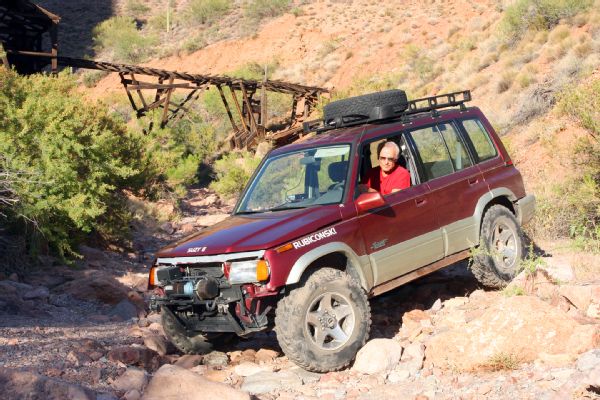
The Sidekick Sport was a four-door Suzuki sold in the U.S. for three years, starting in the ’96 model year. It was equipped with a fuel-injected 1.6L engine and offered with a four-speed overdrive automatic. Later Sport models could be had with the J18 1.8L DOHC 16-valve engine (about 120 hp). The ’96 trucks received four-wheel anti-lock brakes.
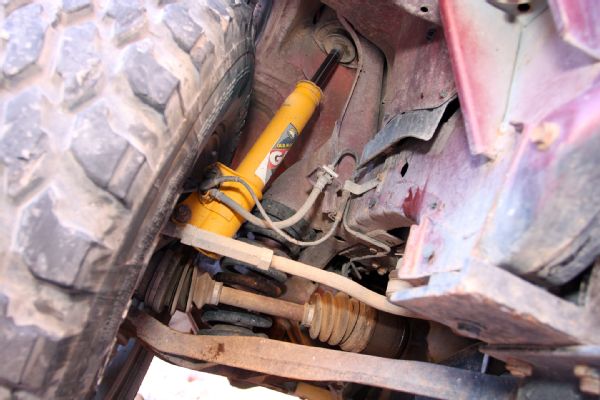
The Sidekick drivetrain is a bit beefier than that of the Samurai, as it comes from the newer Suzuki Vitara vehicle line. However, the live front axle of the Samurai was replaced with independent front suspension in the Sidekick.
Links:
Also check out ‘Buying A Used Tracker – What To Look For‘.
Fourwheeler Magazine – Article Source – May 7, 2016
